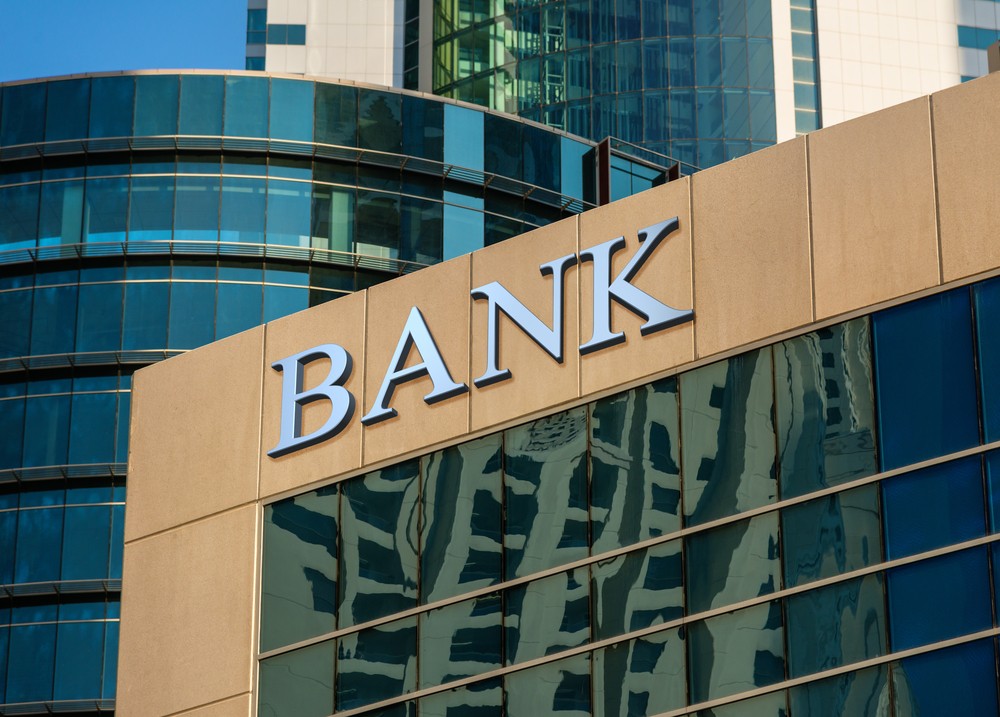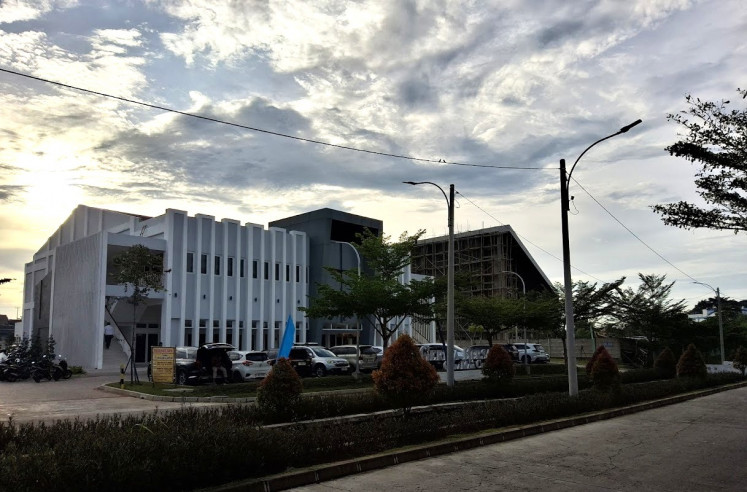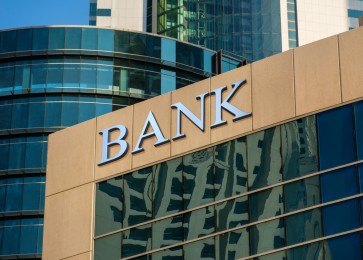Popular Reads
Top Results
Can't find what you're looking for?
View all search resultsPopular Reads
Top Results
Can't find what you're looking for?
View all search resultsWhy human behavior should be analyzed in banks’ risk management
The creation of behavioral-risk teams comprising experts in fields such as organizational psychology and anthropology could help banks identify risk behavior early on.
Change text size
Gift Premium Articles
to Anyone
T
he global financial crisis of 2007-2008 was such a huge shock to the global economy that several regulations were overhauled to prevent a recurrence of such financial turbulence. There is no denying that regulations issued after the crisis, such as increased capital requirements and mechanisms preventing bank bailouts, have made the banking system stronger.
However, embedding human behavior in the risk-management process also needs to be considered to make the banking system even stronger, especially with the emergence of new risks such as cybersecurity and climate change.
Herd mentality, or the tendency to behave based on the actions of other bankers rather than on logic, plagued Wall Street executives prior to the crisis. Citigroup chief executive Chuck Prince infamously said to the Financial Times in 2007, “When the music stops…things will be complicated. But, as long as the music is playing, you’ve got to get up and dance. We’re still dancing”. Prince knew that a crisis was looming, and a lot was to be lost financially if anyone “stopped dancing” -- by daring to leave the lucrative, but quickly deteriorating mortgage-securities market.
The increasing popularity of Mortgage-Backed Securities (MBS) led to Wall Street bonuses reaching as high as US$66 billion in 2007, an increase of nearly 10 percent from the previous year. The average bonus for executives at Wall Street’s big-five securities firms was around $210,000, or four times more than the United States’ average household income.
Investment banks supported by rating agencies irresponsibly pushed for the issuing of more mortgages to meet the global demand for MBS. Subprime loans were packaged into securities that received the highest AAA rating and were sold to global investors, causing the demand for MBS to more than double in 2007. Eventually, the music stopped, and a massive financial crisis, originating in the US, spread globally.
Analyzing human behavior is thankfully gaining traction in banks’ risk-management process. According to the Harvard Business Review, the creation of behavioral-risk teams comprising experts in fields such as organizational psychology and anthropology could help banks identify risk behavior early on, saving them from paying fines to regulators, which have amounted to $400 billion globally since the global financial crisis.
Typically, behavioral-risk teams are part of a bank’s compliance functions, report directly to the chief risk officer and collaborate closely with the business lines and human-resource department. Behavioral-risk teams in banks have resulted in improving collaboration between departments, simplifying the customer-onboarding process and increasing the uptake of the governance function’s review of findings.



















